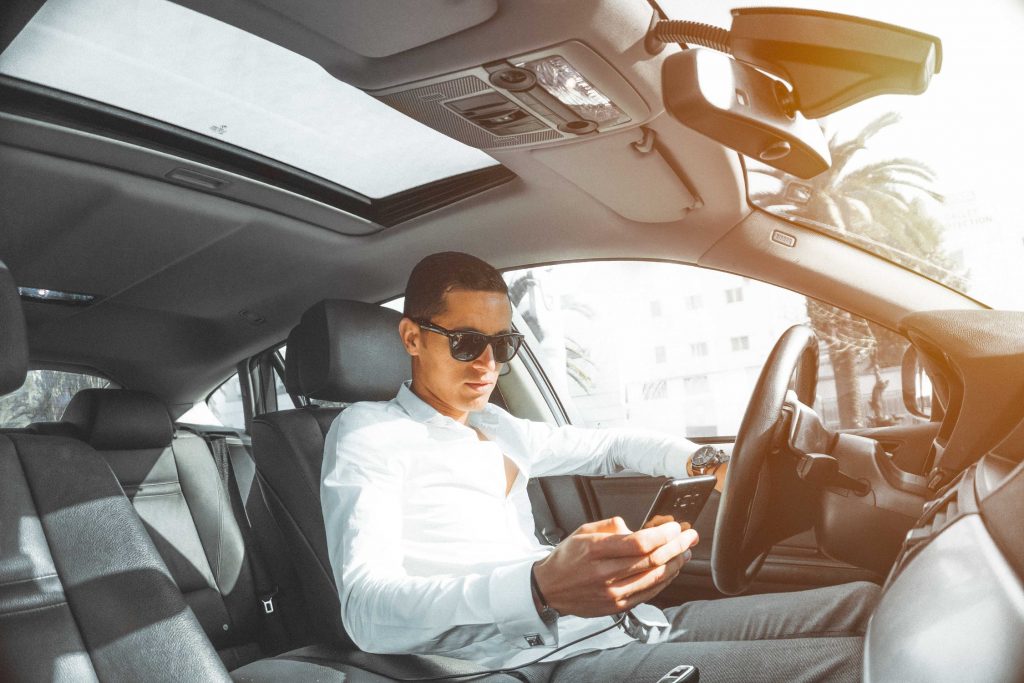It looks like a joke, but millions of people are being charged with a DUI or DWI charge because authorities caught them texting or talking on their cell phones while behind the wheel. In most states, texting while driving is against the law. That’s because texting while driving can lead to distraction, which in turn can lead to increased accidents and speed traps. In fact, studies show that many times a texting driver will end up facing a charge of aggravated DUI even though the actual charge may be much less than one given for talking on a cell phone. This can be attributed to the fact that a text message cannot be absorbed in the same way as a simple talk or a text the driver may have been carrying in a pocketbook.
We even have numerous useful car accident, truck accident, and motorcycle accident information resources available right here on the location. These will assist you to grasp our tough auto laws—and your legal rights if you’ve been injured.

The clock is ticking after a car accident.
1) Visual – Gazing at something aside from the road and vehicles before you
2) Manual – Fiddling around, grabbing, and searching for things rather than that specialize in the road and vehicles before you
3) Cognitive – Worry, sadness, anger, or the other emotion that affects your psychological state and skill to specialize in the road and vehicles before you
Not to mention, it becomes a distraction of your own once you see someone with their face buried within the phone while driving, especially if they’re “tailgating” behind you.
“Some drivers assume that taking your eyes off the road for five seconds is not any big deal. They’re wrong. At 55 mph, that’s like driving the length of a whole gridiron blindfolded.”
The Numbers Don’t Lie
According to The National Safety Council, there are roughly 1.6 million driving accidents per year within the U.S, with 1 out of 4 caused by texting and driving.
The National Highway Traffic Safety Association and National Safety Council both report there have been 1.5 million car crashes in 2017 and a total of 4,637 people killed in 2018 thanks to telephone use.
In the two-year period, this data is predicated on the fatal accident was equally astonishing. Crashes were liable for $129 billion of the general societal damage caused by accidents from texting and driving.
Here’s a stimulating assessment from the NHTSA:
-Using a telephone while driving, whether hand-held or hands-free, delays a driver’s response time by the maximum amount as having a blood alcohol concentration at the legal limit of .08%.
Non-Injury DUI Offenses
– Class B misdemeanor – First Offense
– Class A misdemeanor -Second / Third Offense
– Felony – Fourth / Subsequent Offenses
DUI with Injury Offense
– Class B Felony
As it stands, there’s currently a text messaging ban in virtually all 50 states, with most states considering it a “primary” offense – meaning a policeman can pull you over for supporting the observation of that offense. It might be equivalent to getting pulled over and ticketed for speeding.
Other states consider it a “secondary” offense – meaning you will not be pulled over for it alone, but if pulled over for an additional reason, you’ll get a separate ticket. An equivalent is pulled over for speeding, then getting another ticket for not wearing a seatbelt.
